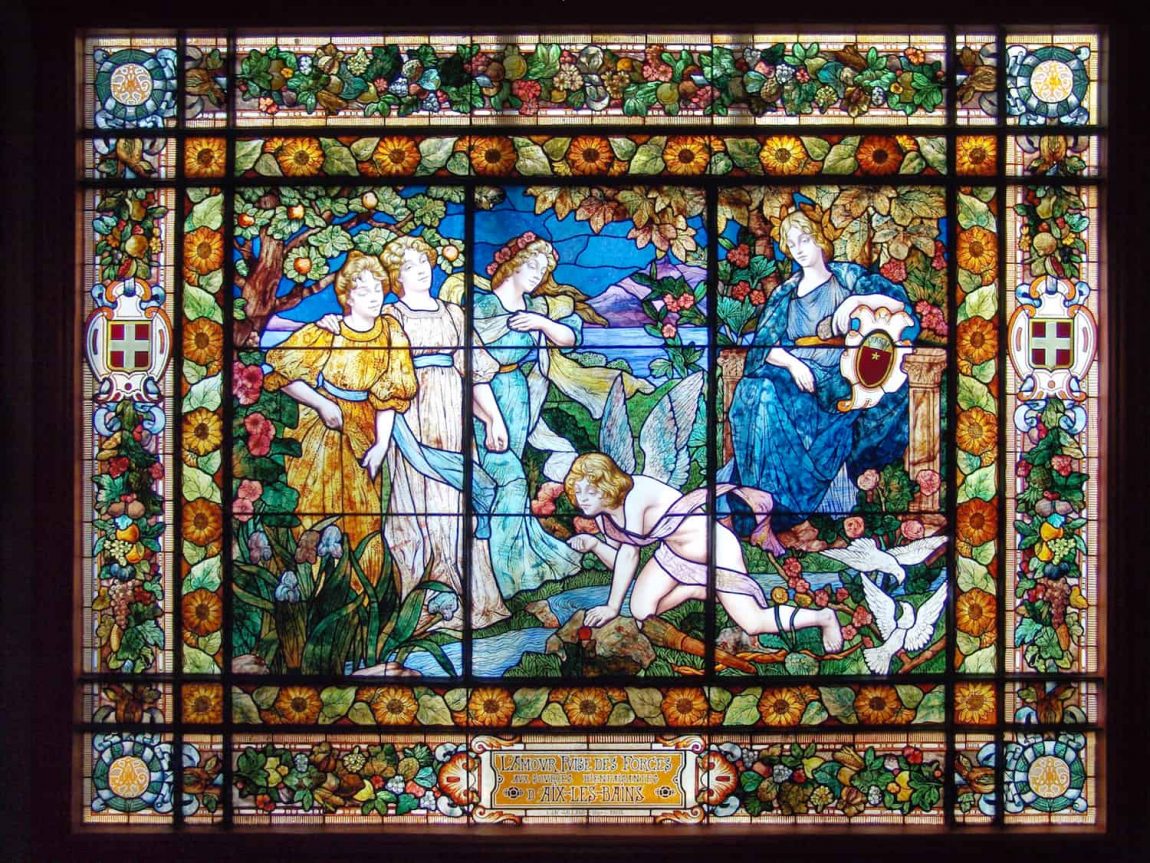Art Nouveau: A Comprehensive Guide to the Revolutionary Art Movement
Key Takeaways
- Art Nouveau Overview: An international art style (1883-1914), known for natural forms, dynamic designs, and modern materials.
- Philosophy and Influence: Sought to unify fine and applied arts, influenced by 19th-century theorists and movements like Arts and Crafts.
- Global Spread and Variations: Varied names and characteristics across Europe and the United States, adapting to local cultures and artistic identities.
- Decline and Legacy: Replaced by Art Deco and Modernism post-WWI, but regained appreciation in the late 20th century.
Introduction to Art Nouveau
Art Nouveau, flourishing from approximately 1883 to 1914, was a revolutionary art movement impacting architecture, interior design, and the decorative arts. This movement, characterized by its use of modern materials and departure from traditional forms, sought to blur the lines between fine arts and applied arts.
Philosophical Underpinnings
Art Nouveau’s core philosophy was to break free from the constraints of 19th-century academic art and historical styles. It championed a unified artistic expression, where every element of design harmonized with one another, creating a ‘total work of art’ (Gesamtkunstwerk). This vision was heavily influenced by leading theorists like Eugène-Emmanuel Viollet-le-Duc and John Ruskin, and paralleled the principles of the Arts and Crafts movement.
Characteristics and Materials
Distinguished by its flowing lines, often termed ‘whiplash’ lines, Art Nouveau drew heavily on natural forms, particularly the curves of plants and flowers. This organic influence brought a sense of dynamism and movement to its designs. The era also saw the innovative use of new materials like iron, glass, and ceramics, which allowed for unprecedented forms and spatial configurations.
Geographic Spread and Variations
Art Nouveau manifested differently across the globe, reflecting local artistic tendencies and cultures. It was known as Jugendstil in Germany, Stile Liberty in Italy, and Modernismo in Spain, among other names. Each region brought its unique flavor to the movement, from the graphic arts in Germany to the architectural marvels in Belgium and France.
Art Nouveau in Architecture and Design
In architecture, notable figures like Victor Horta and Antoni Gaudí demonstrated the movement’s ethos in their buildings. Interior design saw a fusion of various art forms, with decorative objects and furniture becoming integral to the overall aesthetic. Glass art, textiles, and jewelry also flourished under this style.
Decline and Resurgence
The onset of World War I marked the decline of Art Nouveau, with the world shifting towards the more streamlined Art Deco and Modernism. However, the late 20th century witnessed a renewed interest in this style, recognizing its role in the evolution of modern art and design.
Conclusion
Art Nouveau was more than an artistic movement; it was a radical rethinking of artistic creation, aiming to harmonize art with everyday life. Its legacy continues to inspire contemporary design, reminding us of a time when art sought to marry beauty with functionality in the most organic way possible.
Art Nouveau’s influence on modern design and architecture cannot be overstated. This movement not only revolutionized artistic expressions but also laid the groundwork for future styles and movements. Its holistic approach to design, where each element complements and completes the other, remains a guiding principle in contemporary art and architecture. As we continue to explore and appreciate different art forms, the spirit of Art Nouveau – with its emphasis on natural forms, elegant lines, and harmonious designs – will undoubtedly continue to inspire and influence.





